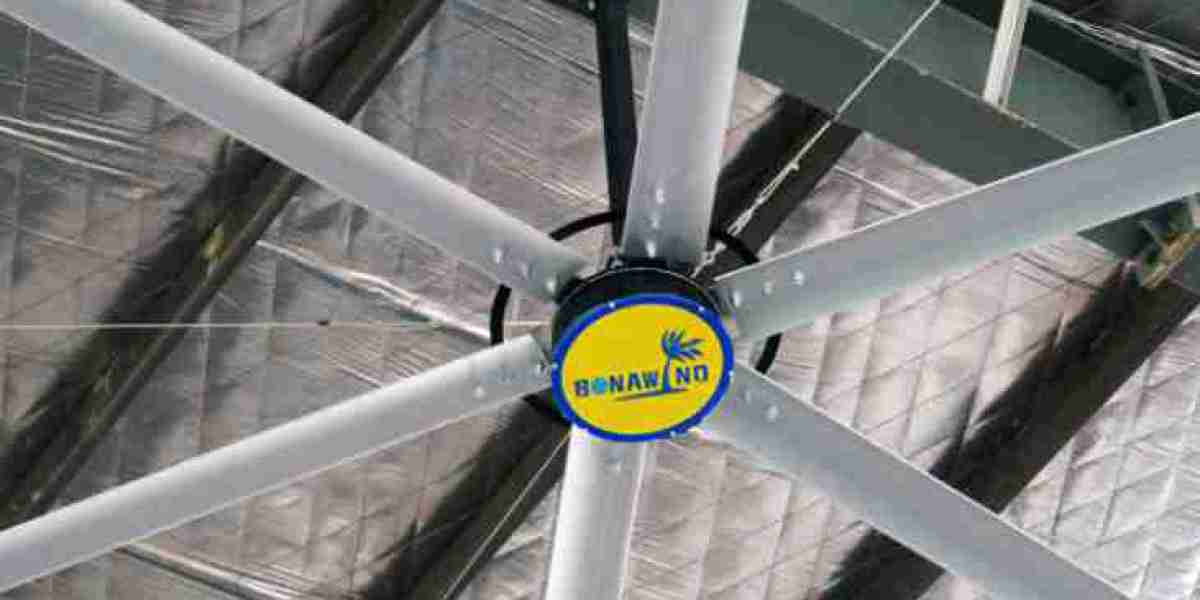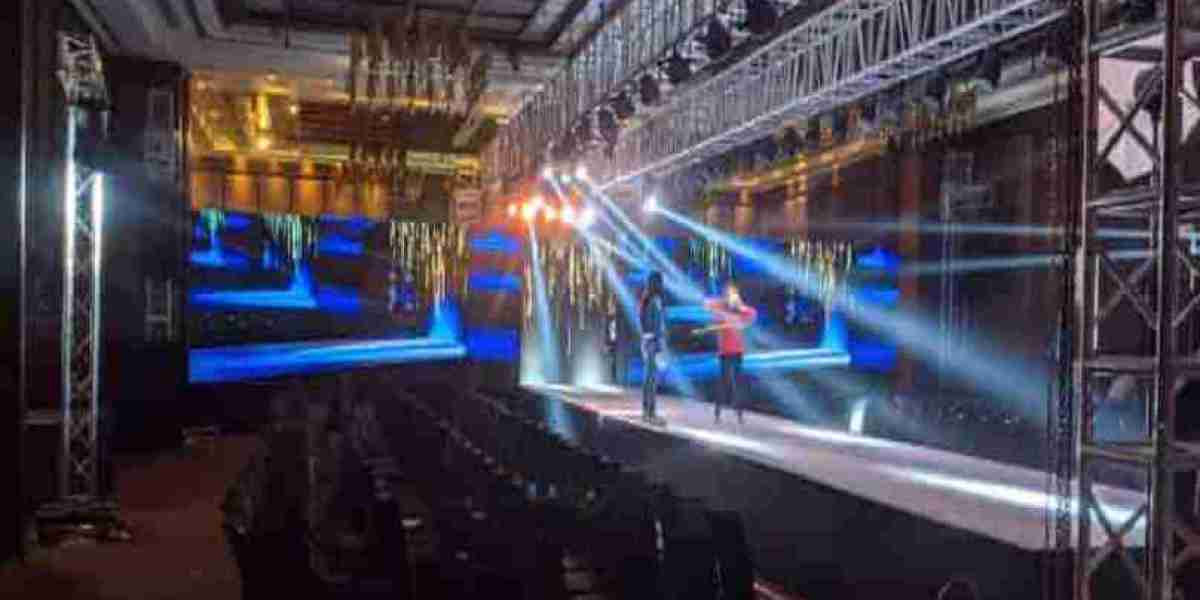Sports arenas are the epicenters of excitement, where athletes push their limits, and fans gather to witness thrilling competitions. However, maintaining an optimal environment within these large venues is crucial to ensuring both the comfort of the spectators and the performance of the athletes. One of the most significant challenges faced by arena managers is controlling the temperature, especially in regions with extreme climates. This blog will explore the various cooling solutions available for sports arenas, discussing their benefits, challenges, and the latest technological advancements in the field.
The Importance of Effective Cooling in Sports Arenas
Maintaining a comfortable temperature in sports arenas is essential for several reasons. High temperatures can lead to heat exhaustion for athletes, affecting their performance and potentially causing serious health issues. For spectators, an uncomfortable environment can detract from the enjoyment of the event, leading to dissatisfaction and a negative experience. Moreover, certain sports, such as ice hockey, require specific temperature conditions to maintain the integrity of the playing surface.
Traditional Cooling Methods
Historically, sports arenas have relied on traditional HVAC (Heating, Ventilation, and Air Conditioning) systems to regulate temperature. These systems typically use a combination of air conditioning units, ventilation fans, and heating elements to maintain a stable indoor climate. While effective, traditional HVAC systems come with several drawbacks, including high energy consumption, significant operational costs, and limited flexibility in adjusting to varying occupancy levels and external weather conditions.
Modern Cooling Technologies
Advancements in technology have led to the development of more efficient and sustainable cooling solutions for sports arenas. These modern systems offer improved temperature control, reduced energy consumption, and lower operational costs. Some of the most promising technologies include:
Chilled Water Systems
Chilled water systems use a central chiller to cool water, which is then circulated through a network of pipes to air handling units throughout the arena. The air handling units blow air over the chilled water coils, cooling the air before it is distributed throughout the venue. These systems are highly efficient and can be scaled to accommodate arenas of various sizes.
Evaporative Cooling
Evaporative cooling systems work by drawing warm air through water-saturated pads, causing the water to evaporate and cool the air. This cooled air is then distributed throughout the arena. Evaporative cooling is particularly effective in dry climates, where the low humidity levels enhance the cooling effect. However, in humid regions, the efficiency of evaporative cooling systems may be reduced.
Radiant Cooling
Radiant cooling systems use chilled water to cool surfaces within the arena, such as floors or ceilings. These surfaces then absorb heat from the surrounding air, lowering the temperature within the space. Radiant cooling is highly energy-efficient and provides uniform temperature distribution, but it requires careful design to avoid condensation issues.
Ice-Based Cooling
Ice-based cooling systems are particularly suitable for ice hockey arenas. These systems involve freezing large quantities of water into ice during off-peak hours, typically overnight, when energy costs are lower. The ice is then used to cool the arena during events, reducing the load on the traditional HVAC system. Ice-based cooling is both energy-efficient and cost-effective, making it an attractive option for arenas that host ice sports.
Geothermal Cooling
Geothermal cooling takes advantage of the stable temperatures found below the earth's surface to provide cooling for sports arenas. This system involves circulating water through pipes buried deep underground, where it is naturally cooled before being used to cool the air inside the arena. Geothermal cooling is environmentally friendly and offers significant energy savings, though the initial installation costs can be high.
Integrating Smart Technology
The integration of smart technology into cooling systems is revolutionizing the way sports arenas manage their indoor climates. Smart thermostats, sensors, and control systems allow for real-time monitoring and adjustment of temperature settings, ensuring optimal conditions throughout the venue. These systems can automatically adjust cooling output based on factors such as occupancy levels, external weather conditions, and the specific requirements of the event being hosted.
For example, during a basketball game, the system might increase cooling in areas with high spectator density while reducing it in less crowded sections. Similarly, during an ice hockey match, the system could maintain cooler temperatures around the rink while allowing warmer air in the spectator areas. By tailoring the cooling output to the specific needs of the event, smart technology can significantly improve energy efficiency and reduce operational costs.
Sustainable Cooling Solutions
With the growing emphasis on sustainability, many sports arenas are exploring eco-friendly cooling solutions that minimize their environmental impact. Some of these solutions include:
Solar-Powered Cooling
Solar-powered cooling systems harness the energy from the sun to power air conditioning units and other cooling equipment. By integrating solar panels into the arena's design, venues can reduce their reliance on grid electricity, lowering their carbon footprint and operational costs. Solar-powered cooling is particularly effective in regions with abundant sunlight and can be combined with other renewable energy sources for even greater sustainability.
Green Roofs
Green roofs, or vegetative roofs, involve covering the arena's roof with vegetation, which helps to absorb heat and reduce the cooling load on the HVAC system. Green roofs also provide additional insulation, further enhancing energy efficiency. In addition to their cooling benefits, green roofs can improve air quality, reduce stormwater runoff, and provide habitat for local wildlife.
Natural Ventilation
Natural ventilation systems use the principles of convection and air pressure differences to circulate cool air throughout the arena. By strategically placing openings in the building's design, cool air can be drawn in at ground level and warm air expelled through vents at higher levels. Natural ventilation is an energy-efficient and cost-effective solution, though it may require careful planning and design to be effective in all weather conditions.
Challenges and Considerations
While there are many advanced cooling solutions available for sports arenas, implementing these systems comes with its own set of challenges. Some of the key considerations include:
Initial Costs: Many of the more advanced cooling technologies, such as geothermal and ice-based systems, require significant upfront investment. Arena managers must weigh the long-term energy savings and environmental benefits against the initial costs when deciding which system to implement.
Maintenance: Advanced cooling systems often require specialized maintenance and regular monitoring to ensure optimal performance. This can increase operational costs and require additional training for maintenance staff.
Climate Considerations: The effectiveness of certain cooling solutions for sports arenas, such as evaporative cooling and natural ventilation, can be highly dependent on the local climate. Arena managers must carefully consider the specific environmental conditions of their location when choosing a cooling system.
Conclusion
Effective cooling is essential for ensuring the comfort of spectators and the performance of athletes in sports arenas. While traditional HVAC systems have been the go-to solution for many years, modern technologies offer more efficient, sustainable, and customizable options. By integrating smart technology, exploring eco-friendly alternatives, and carefully considering the specific needs of their venue, arena managers can create an optimal environment that enhances the overall experience for everyone involved. As the industry continues to evolve, the future of cooling in sports arenas promises to be both innovative and environmentally conscious.














